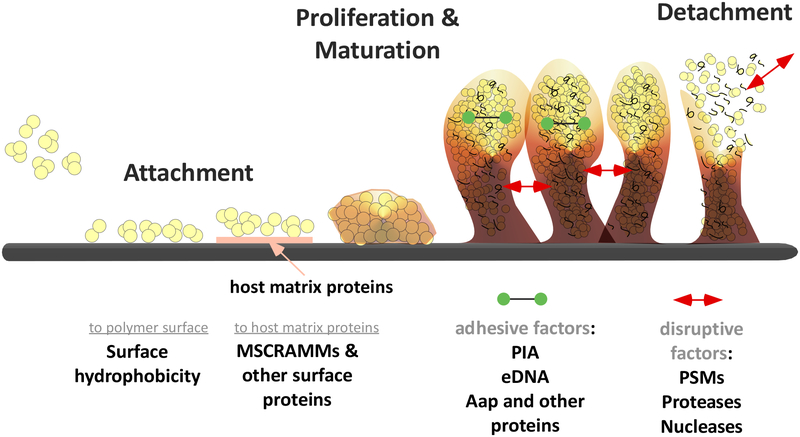Fig. 1. Staphylococcal biofilm development.
Attachment of cells to a surface (in the case of surface-attached biofilms) occurs via hydrophobic interactions to an abiotic surface, or via surface proteins that bind in a specific fashion to host matrix proteins covering an indwelling medical device. Growth of the biofilm in the proliferation/maturation stage is accompanied by the production of cell-cell-adhesive matrix components (such as, PIA, eDNA, and proteins) as well as disruptive factors (such as, PSMs and degradative secreted enzymes). Those disruptive factors can also cause detachment, a process of great importance for the initiation of complications of biofilm–associated infection, such as bacteremia.

